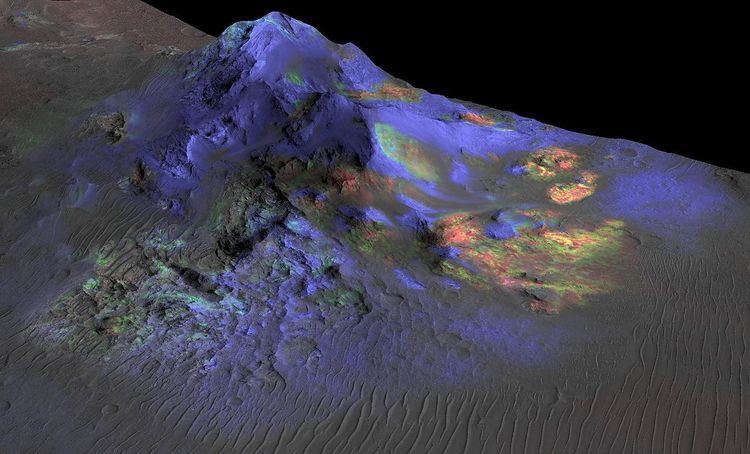 | ||
Characteristics
Impactite includes shock-metamorphosed target rocks, melts (suevites) and mixtures of the two, as well as sedimentary rocks with significant impact-derived components (shocked mineral grains, tektites, anomalous geochemical signatures, etc.). In June 2015, NASA reported that impact glass has been detected on the planet Mars—such material may contain preserved signs of ancient life—if life existed.
When a meteor strikes a planet's surface, the energy release from the impact can melt rock and soil into a liquid. If the liquid cools and hardens quickly into a solid, impact glass forms before the atoms have time to arrange into a crystal lattice. Impact glass is dark brown, almost black, and partly transparent.
Some localities
References
Impactite Wikipedia(Text) CC BY-SA
